The Iberian Desman
Desmans are semi-aquatic small mammals that are members of the Talpidae mole family. The Iberian Desman (Galemys pyrenaicus) is endemic to the Iberian Peninsula, where it is restricted to Andorra, France, northern and central Spain, and northern Portugal.
The species is extremely well adapted to a semiaquatic lifestyle, where it mainly lives in fast-flowing mountain streams. The species favours watercourses where the margins offer some shelter, and it requires clean and well oxygenated water, mostly due to the requirements of its main prey, aquatic macroinvertebrates. It is therefore a good indicator species for healthy river systems.
It is listed as Endangered on the IUCN Red List of Threatened Species, due to large declines in its range and populations. The main threat factors identified are the fragmentation and isolation of populations due to the construction of large dams and hydroelectric dams, water pollution, as well as the alteration of riverbanks and natural riparian vegetation. The disappearance of local populations may be due to predation by invasive non-native species such as the American mink (Neogale vison) and the recent range expansion of otters.
Setting the scene for a trans-national action plan
In November 2023 in Andorra La Vella, a meeting was held to start the process of conservation planning, including by identifying major threats and summarising the evidence behind the declines. In the meeting we came up with a list of all the stakeholders that should be involved in the conservation of the species.
The event was organized by the IUCN Centre for Mediterranean Cooperation (IUCN Med). IUCN Med, as part of its species conservation initiatives in the Mediterranean region, is working on this initiative after receiving a request from some interested parties to lead actions at a trans-national level. This is due to the importance of the cross-border approach in the protection of the remaining populations.
Desman trans-boundary action planning workshop
In January 2025, more than 40 Iberian Desman experts from Andorra, Spain, France and Portugal met with other interested stakeholders to develop a trans-national conservation plan and define the urgent measures to prevent the extinction of this unique freshwater species.
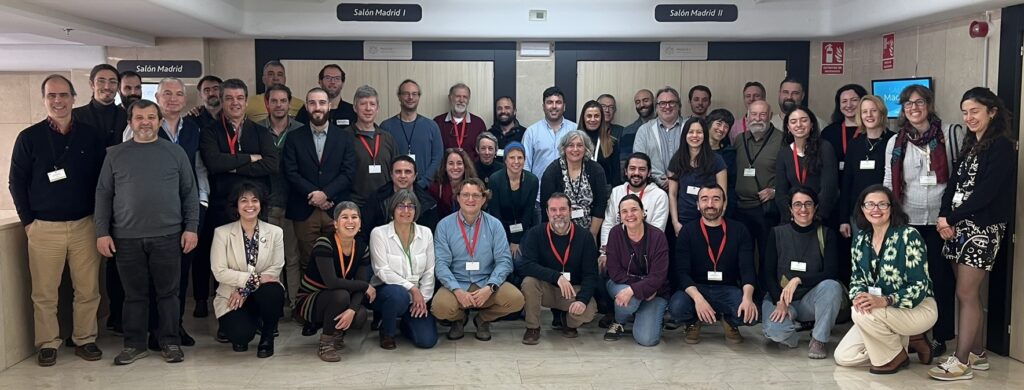
Iberian Desman workshop group photo 2025
The workshop was held in Madrid and organised by IUCN Med with the support of MITECO. The workshop was facilitated by the IUCN Species Survival Commission’s (SSC) Conservation Planning Specialist Group (CPSG).
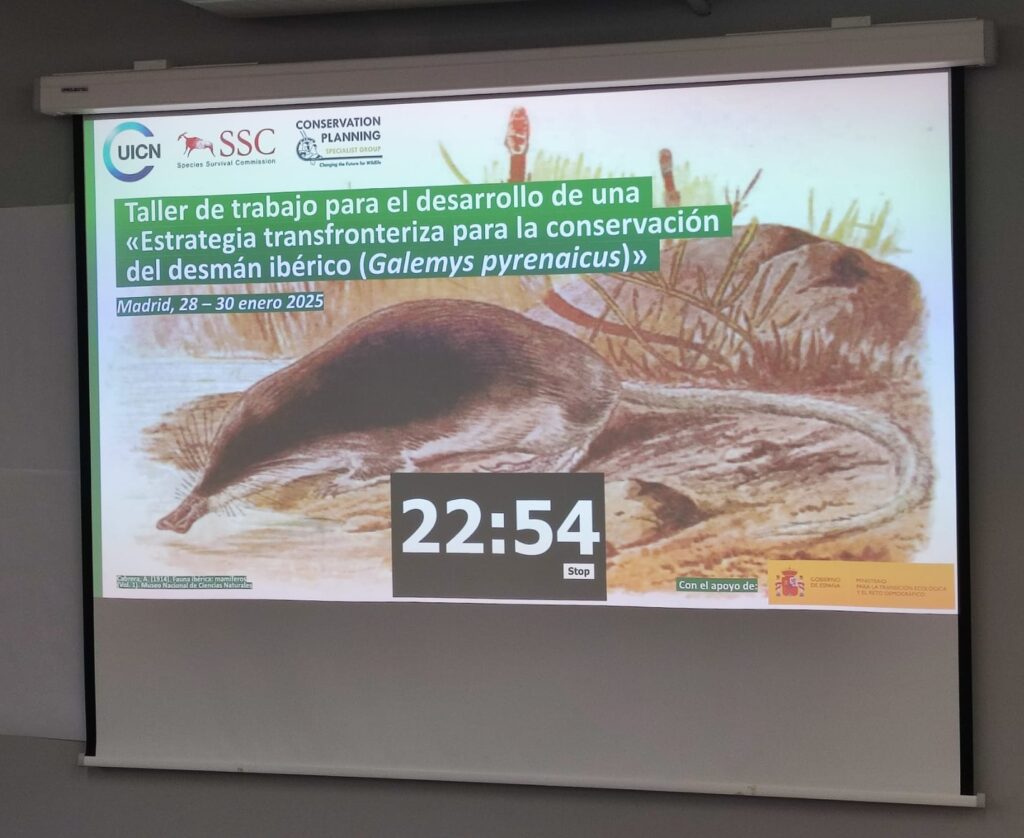
Iberian Desman workshop about to kick-off!
Outcomes included:
- The development of a trans-boundary strategic vision to guide conservation actions for the species.
- A detailed prioritisation and zoning analysis of specific threats was carried out for each identified population cluster.
- A fundamental part of the process was to set clear objectives, concrete actions and define the key actors involved in the implementation of the trans-boundary strategy.
- A multidisciplinary committee was formed to facilitate the coordination and monitoring of conservation activities across countries. Their main role will be the prioritisation, promotion and coordination of conservation actions for the species throughout its range.
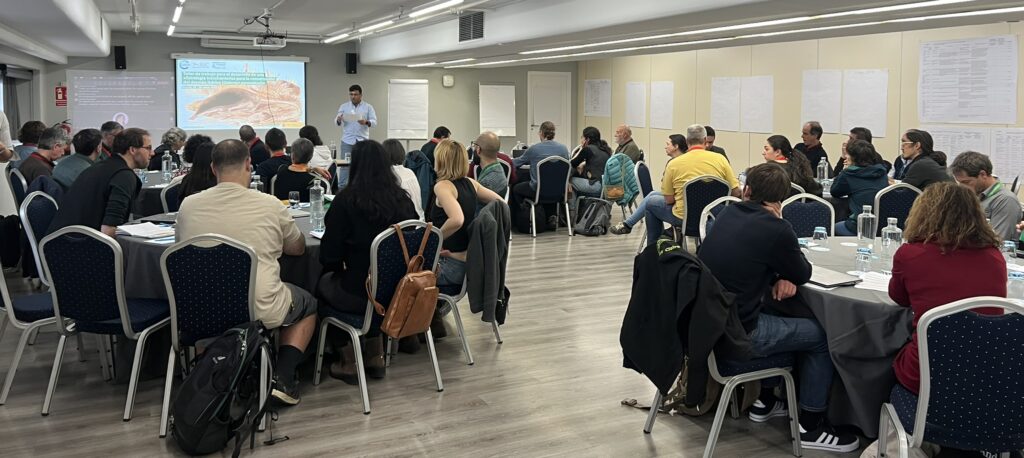
Iberian Desman workshop day 1
The potential role for ex-site measures in the action plan
Within the workshop, a separate group was set up to talk through the potential roles for ex-situ conservation. This is certainly a challenging species for ex-situ actions because, whilst it has been kept well, it has never been successfully bred in captivity.
The group included representatives from ADEFFA (the only facility where the species is currently kept in captivity), the EAZA Small Mammal TAG, Ros Kennerley representing the SMSG, and other interested parties from each range-country.
We agreed that within-range facilities and a serious investment of resources are required to establish a successful breeding programme at a sufficient scale to provide enough animals for population reinforcement and possibly reintroduction. Further details of requirements and a funding plan will be drafted in the coming months.
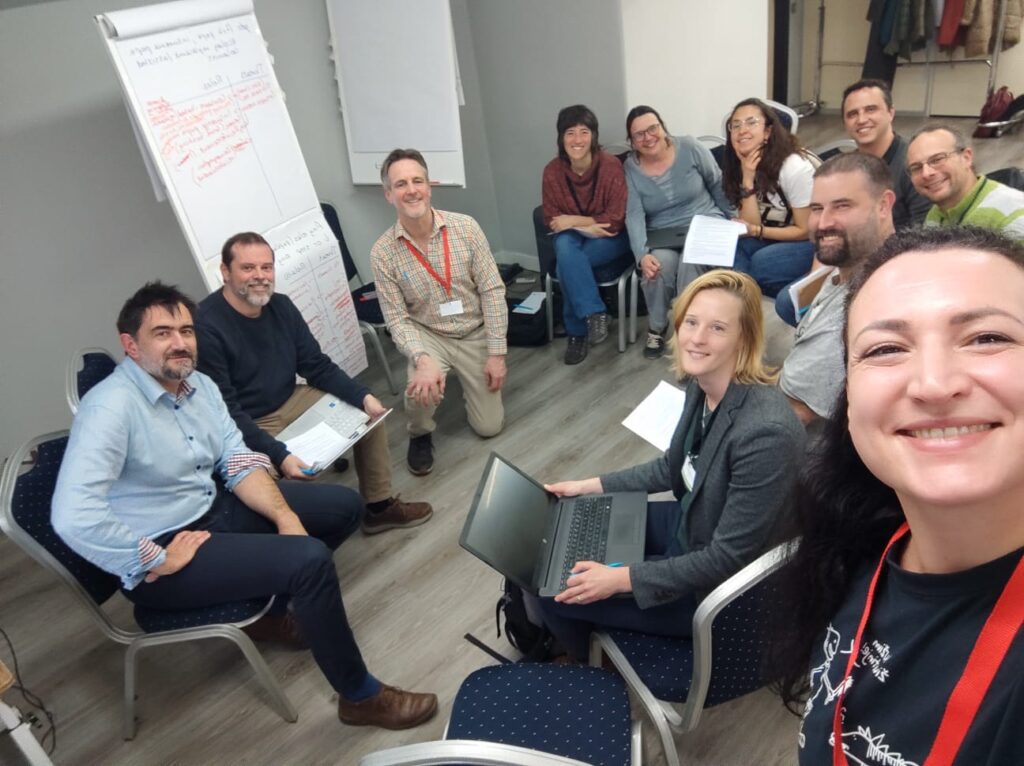
One of the break-out groups, considering the potential role for ex-situ conservation efforts
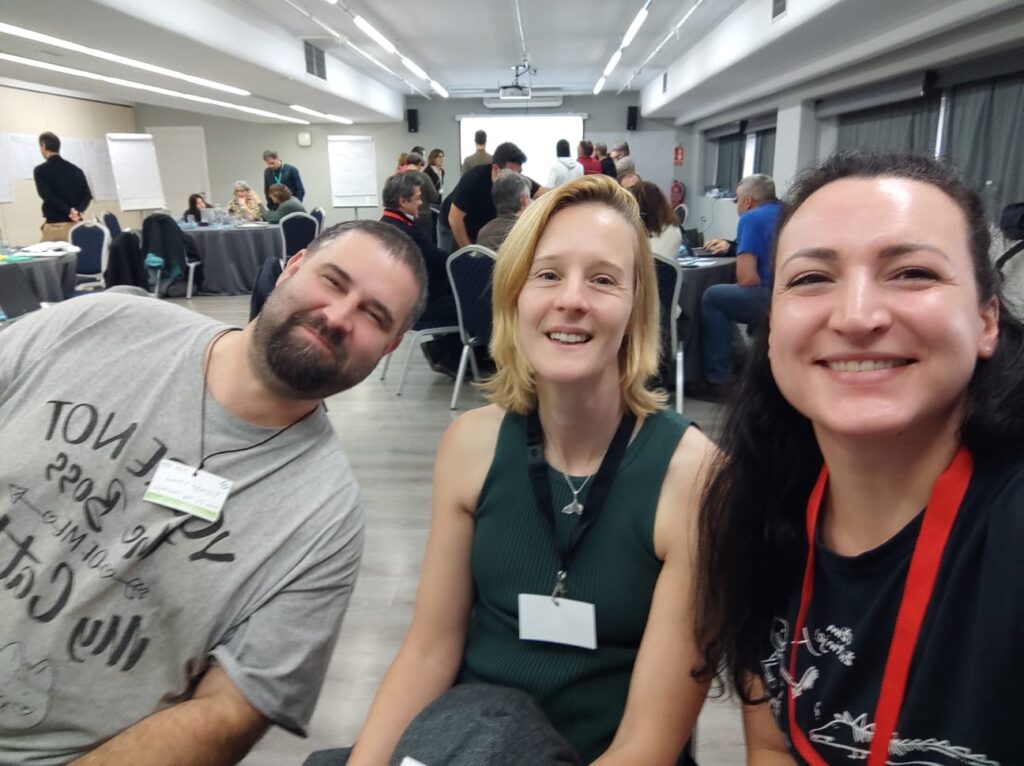
Richard Viduna (EAZA Small Mammal TAG chair), Ros Kennerley (SMSG Co-Chair), and Dijana Beneta (Vice-Chair, EAZA Small Mammal TAG)
Next steps
The finalised conservation action plan will be approved and published later this year. Stay tuned!
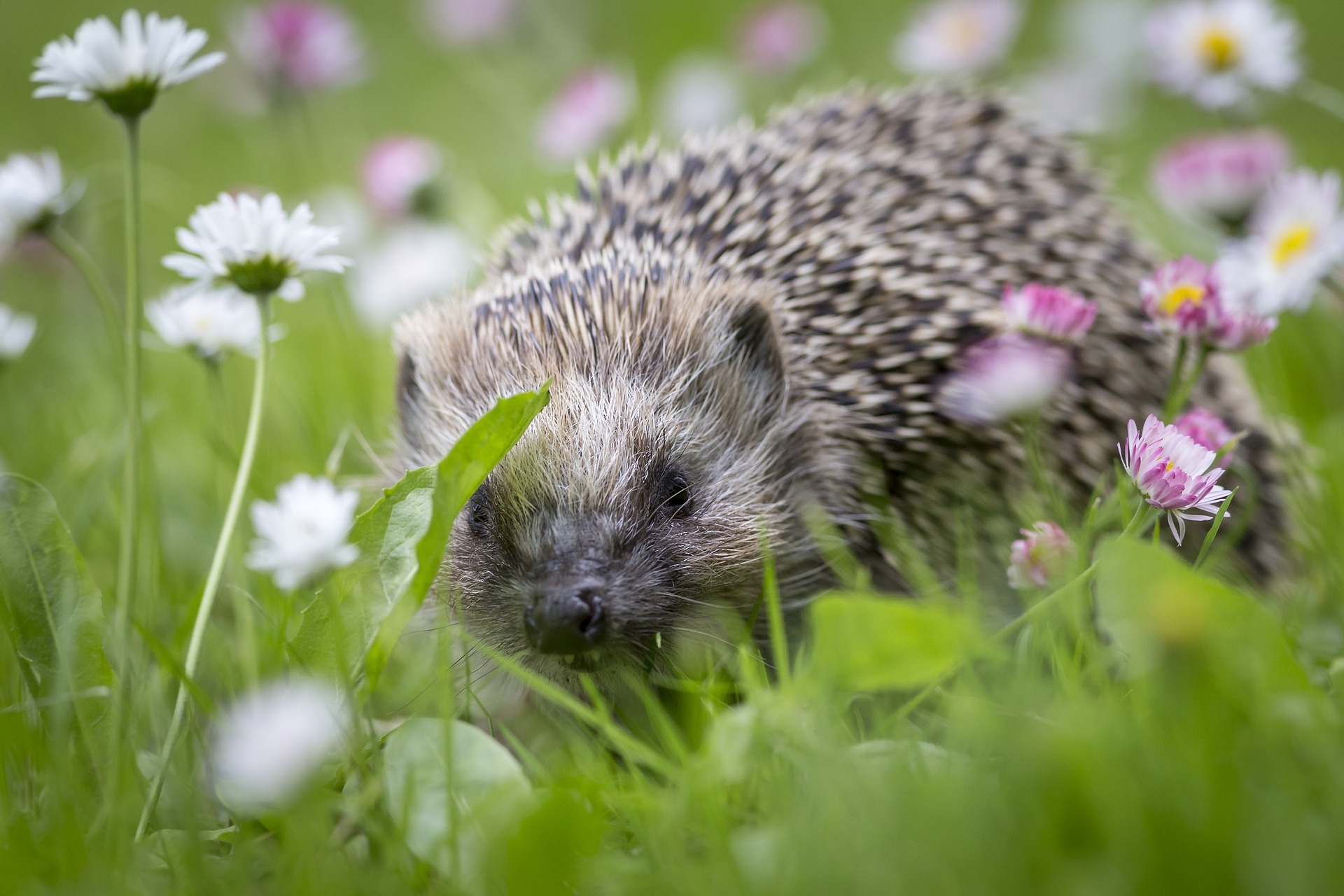
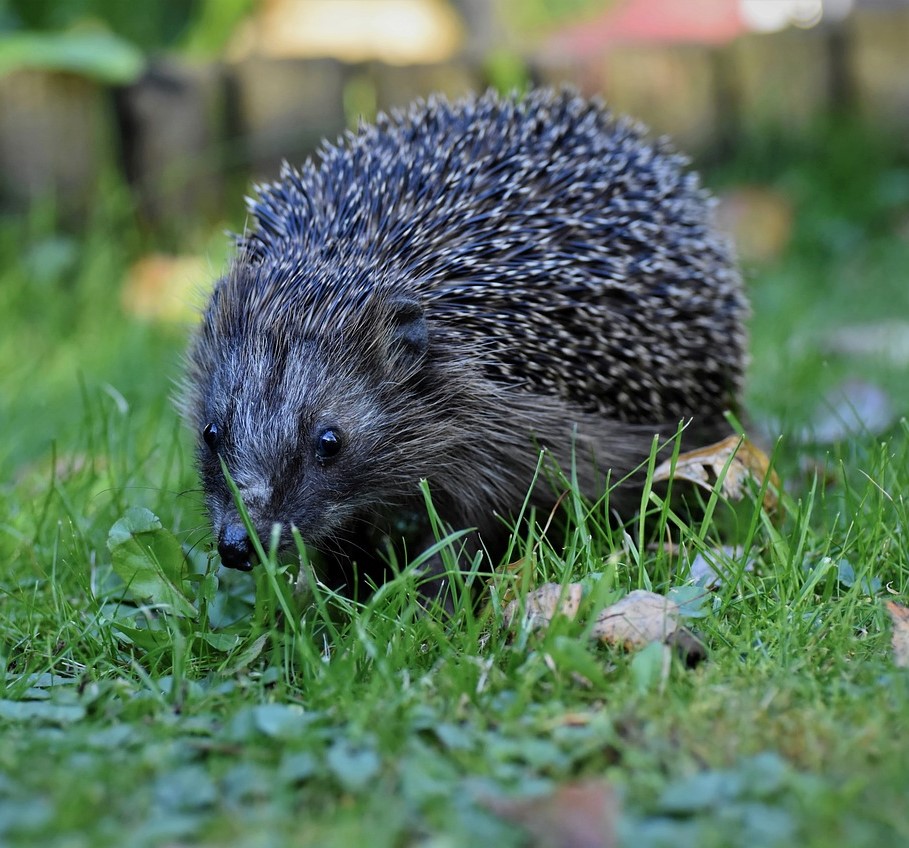


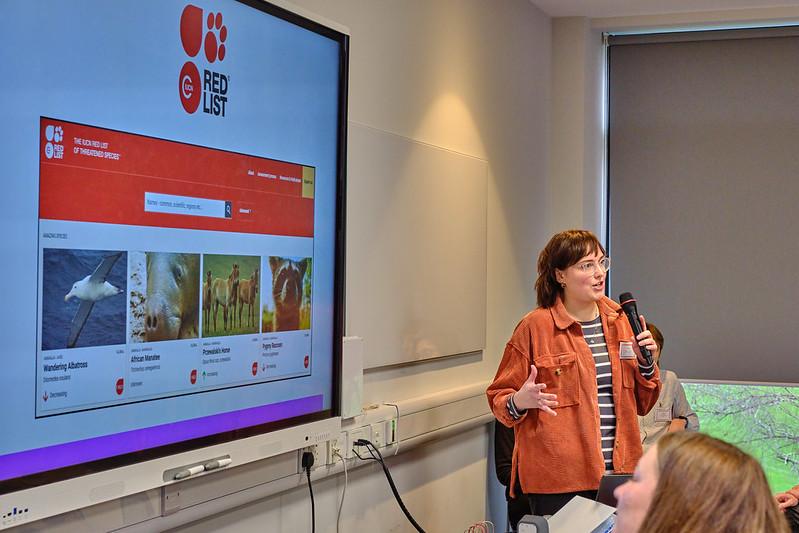
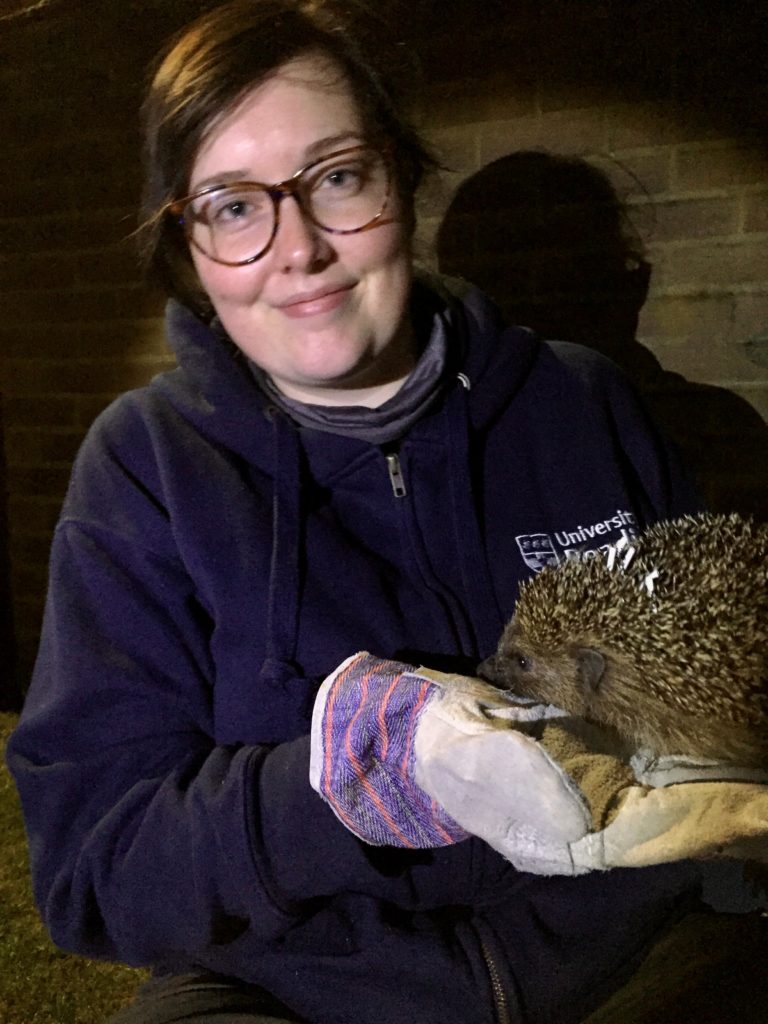



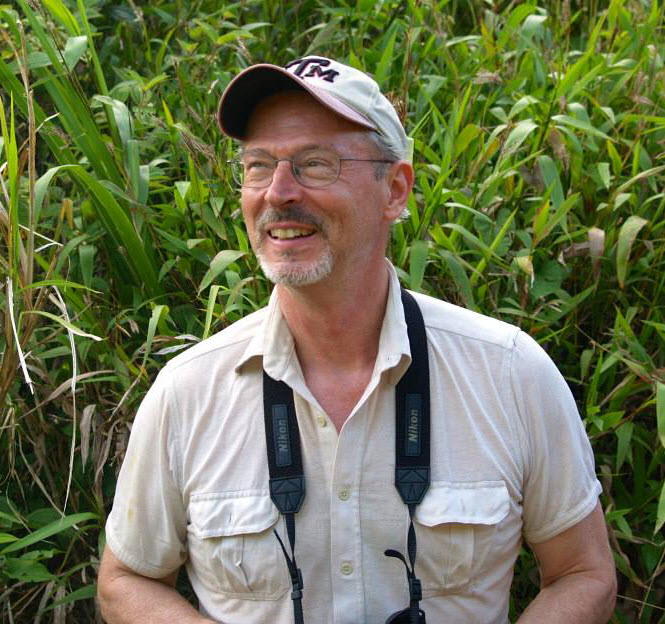




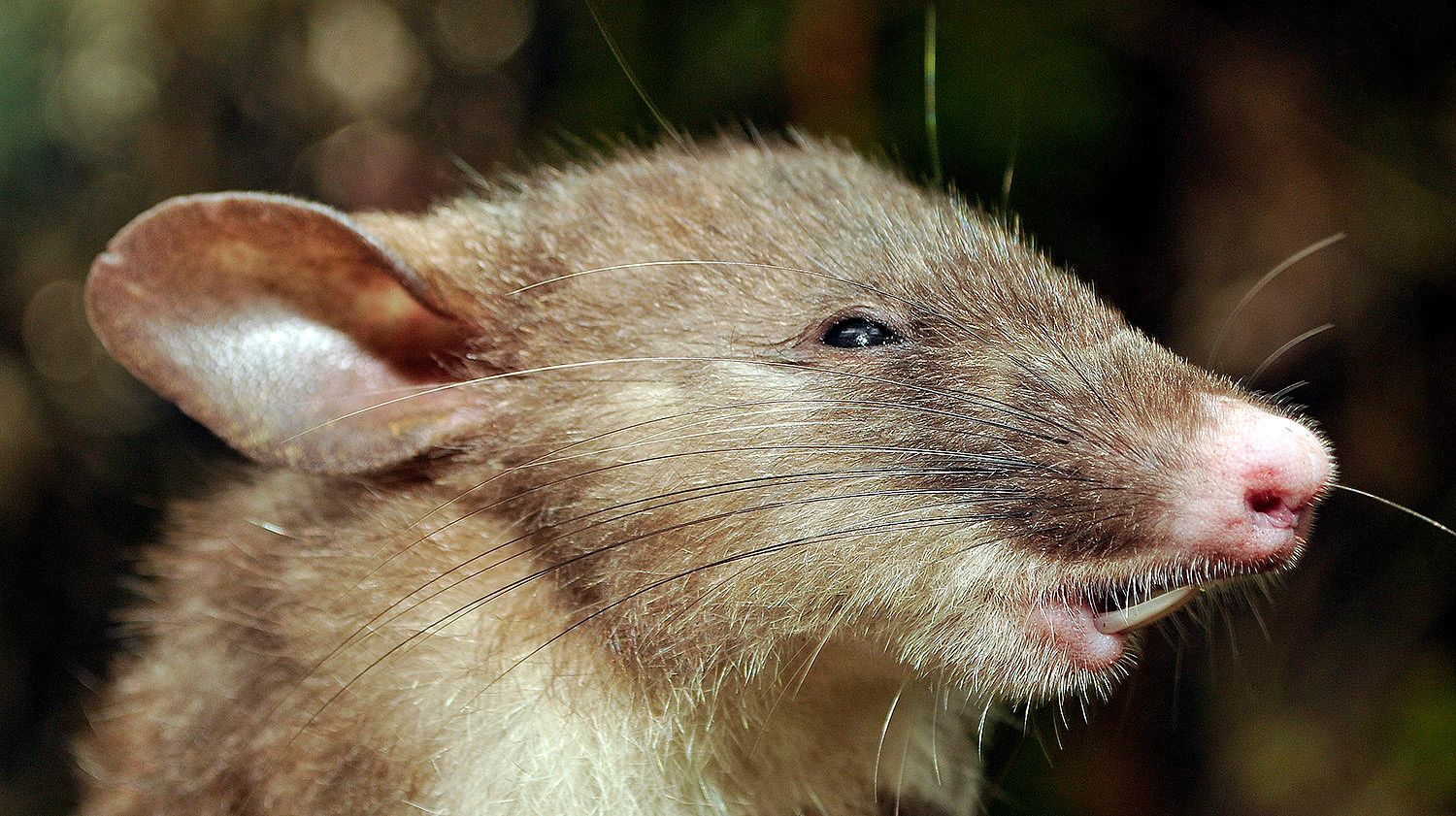
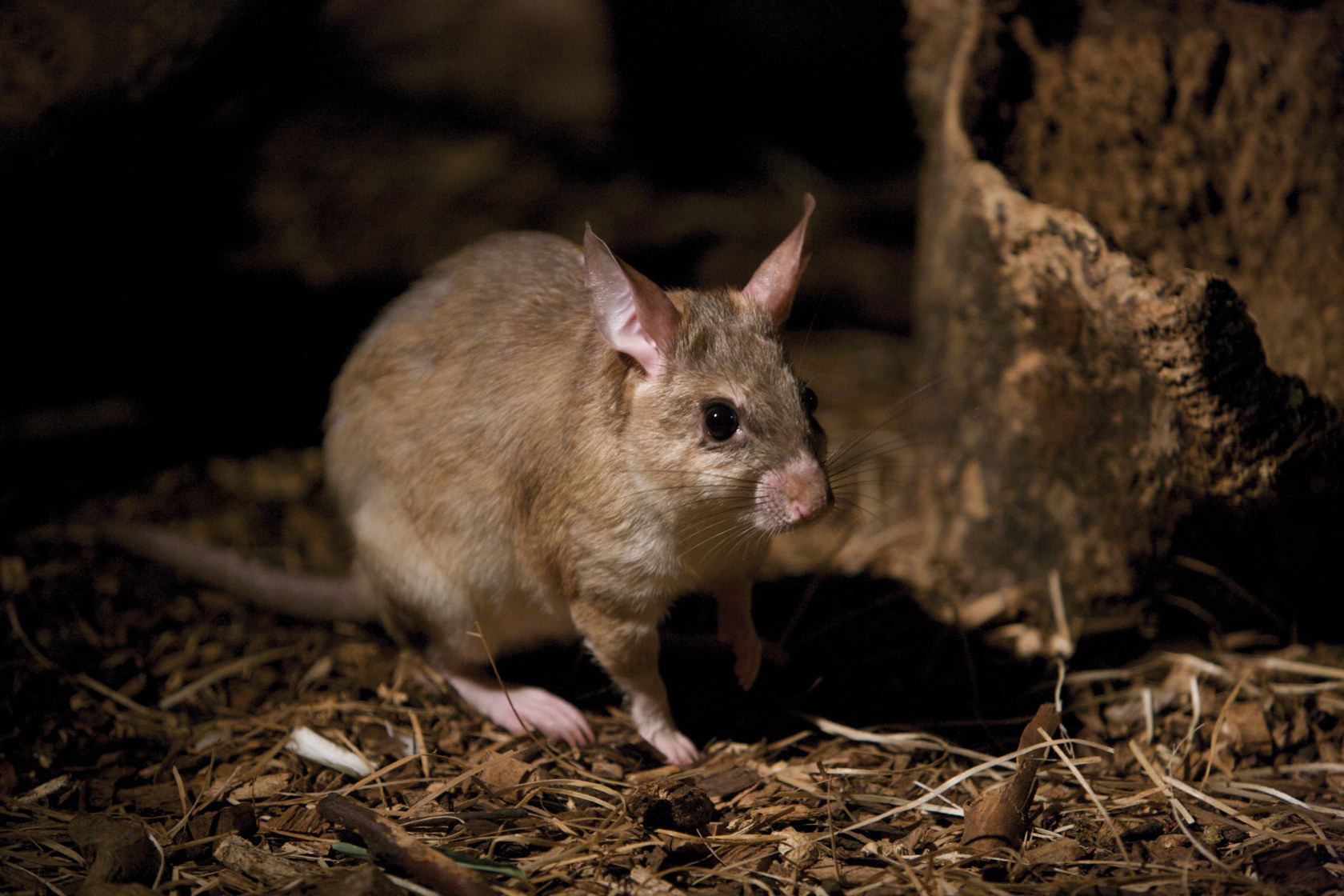

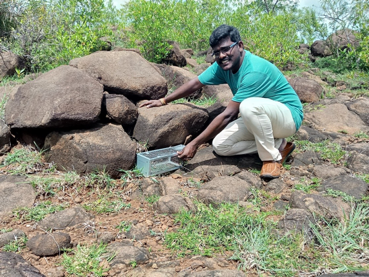
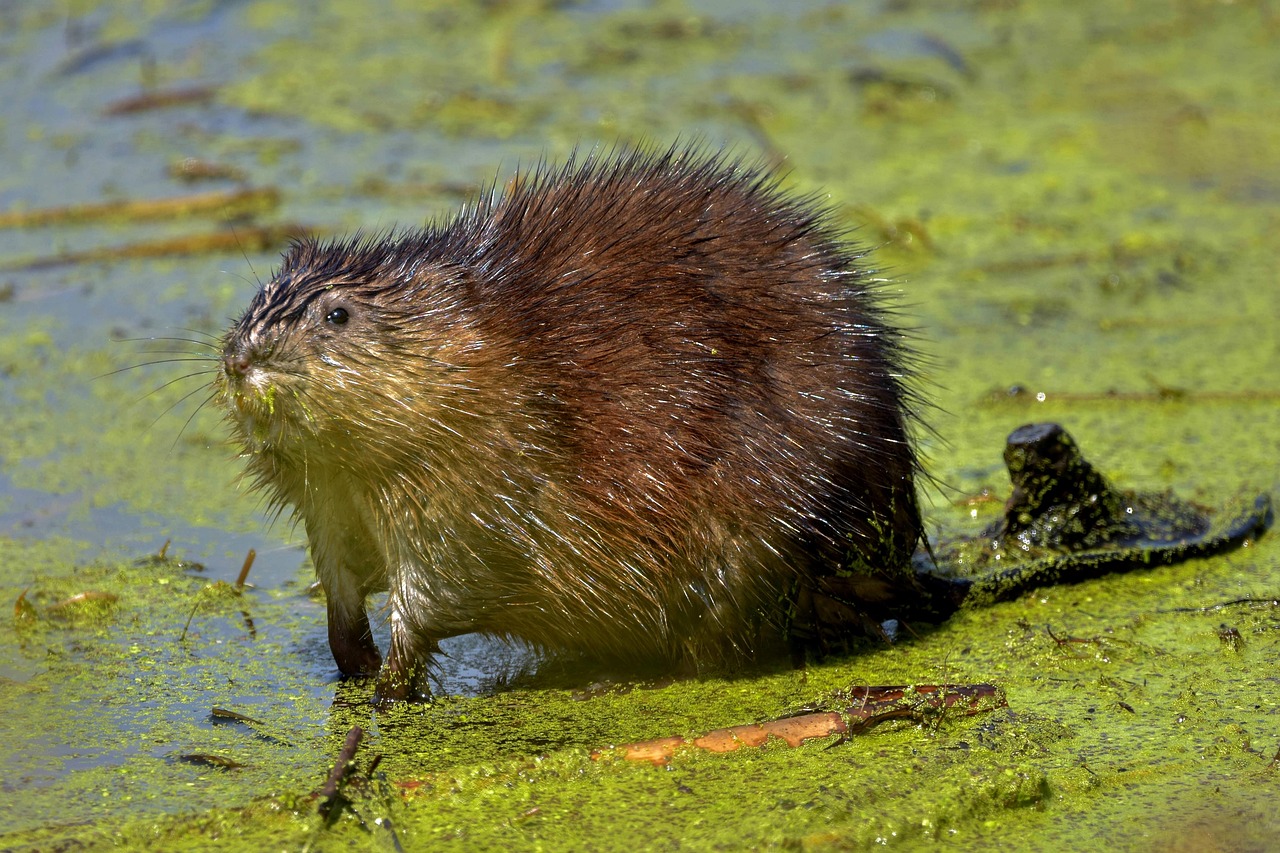
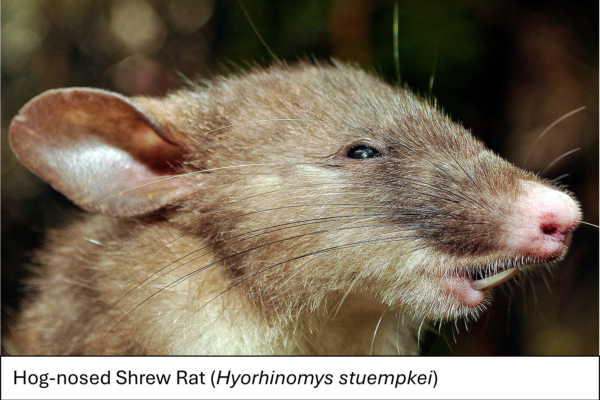
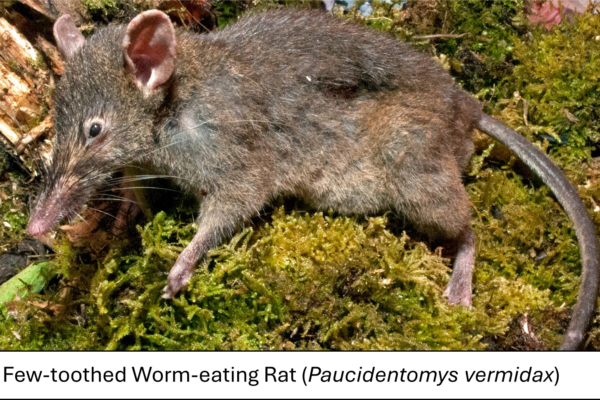
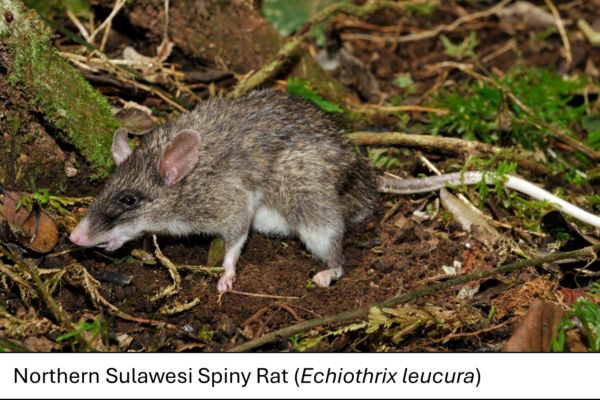
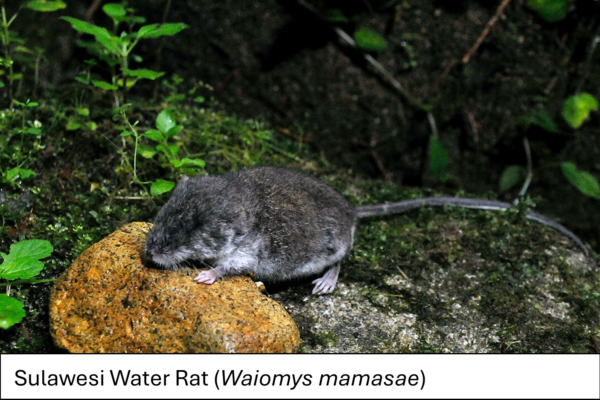

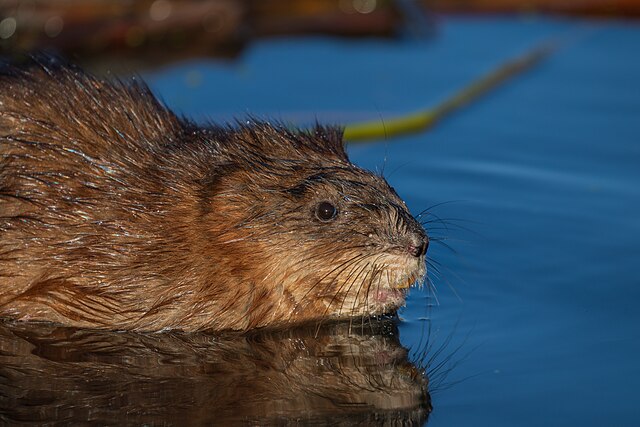
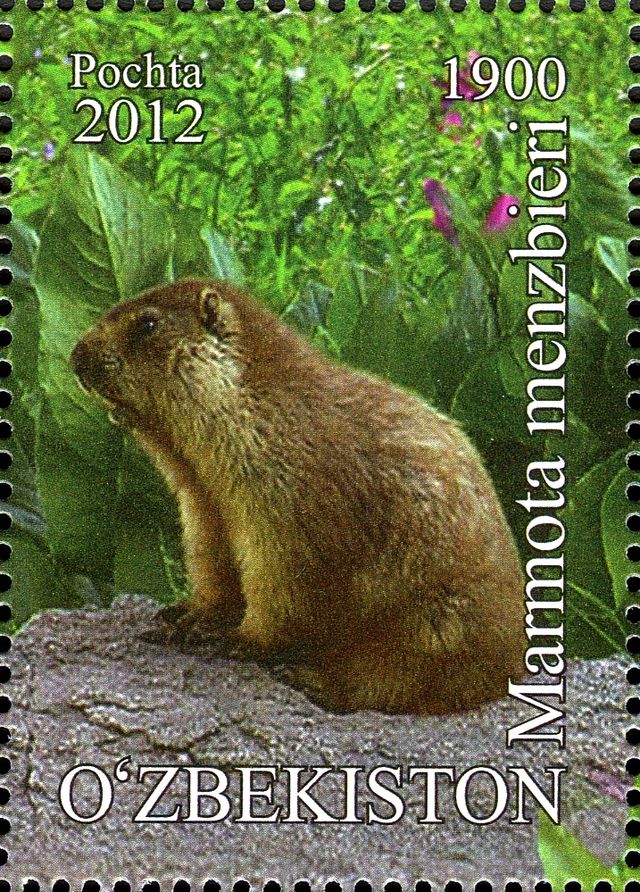
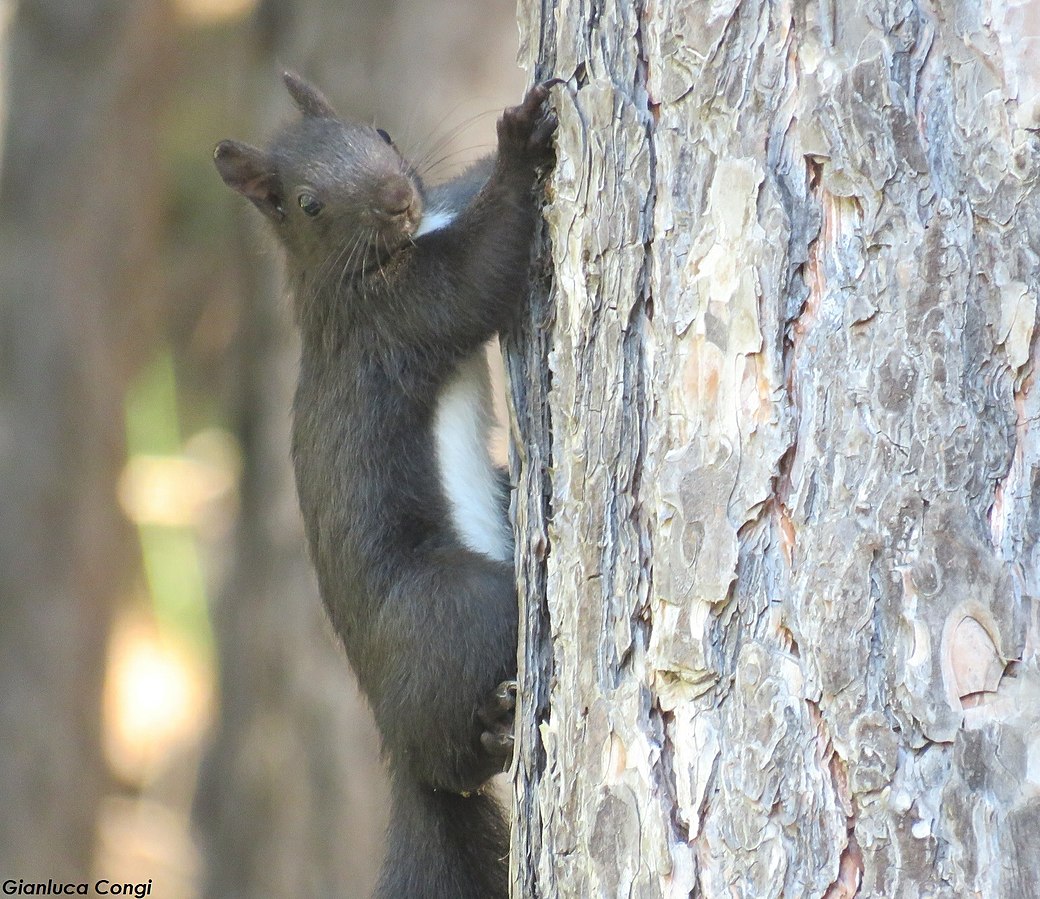
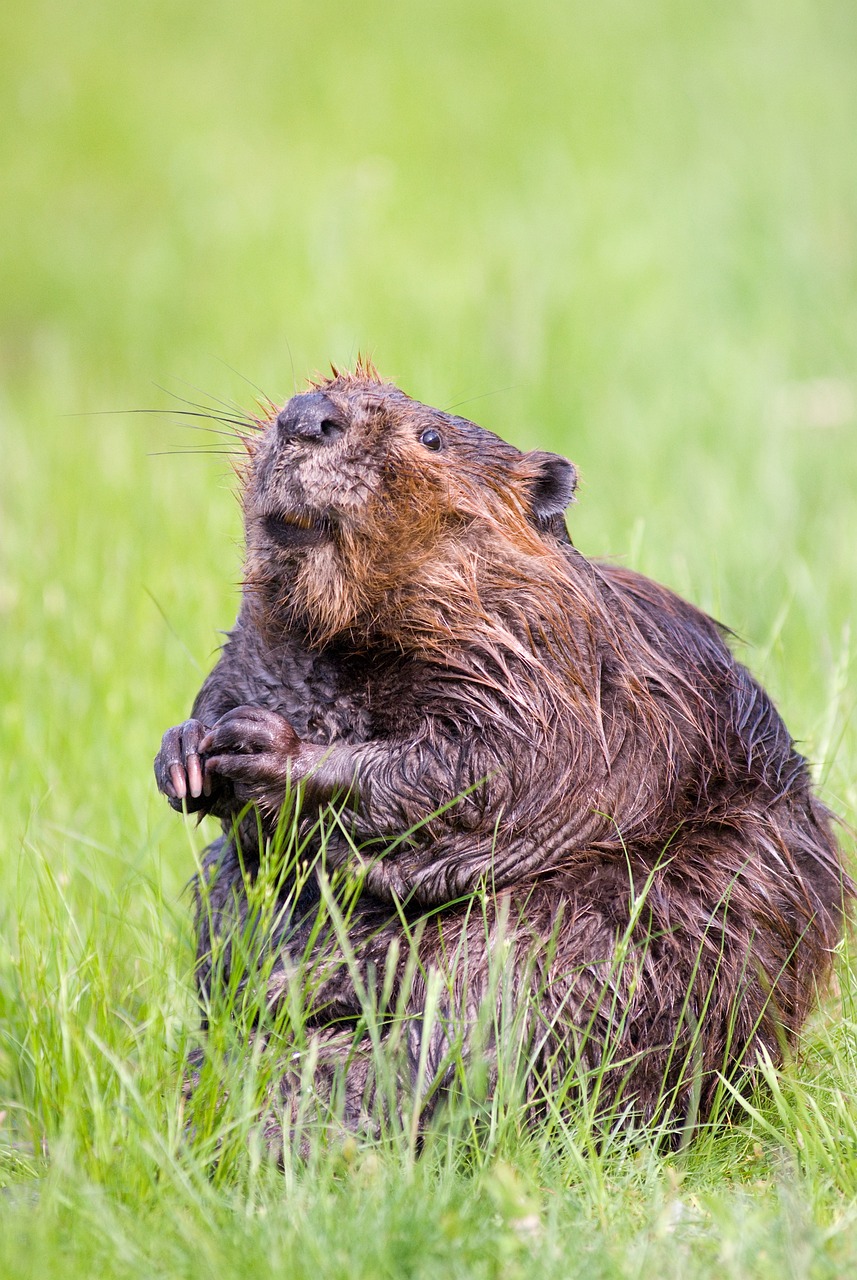
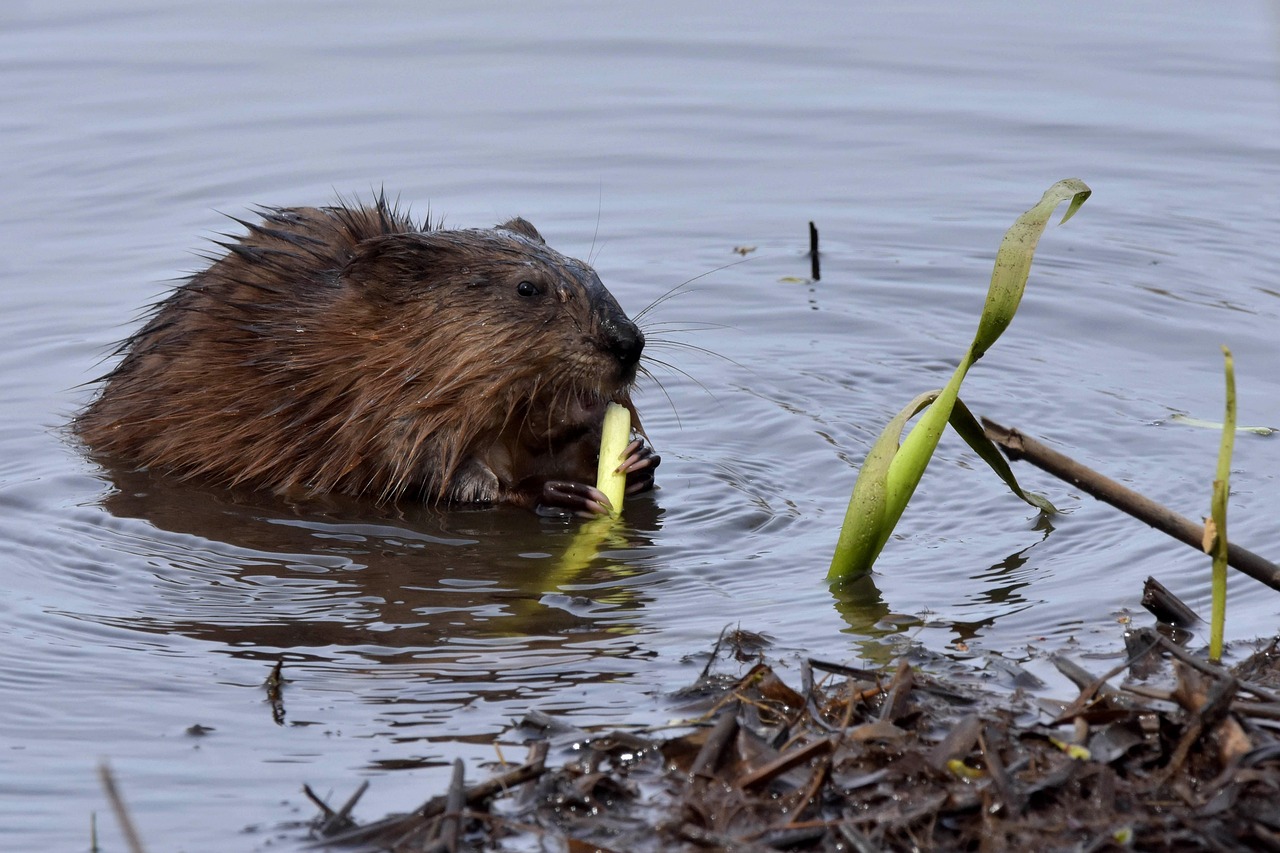
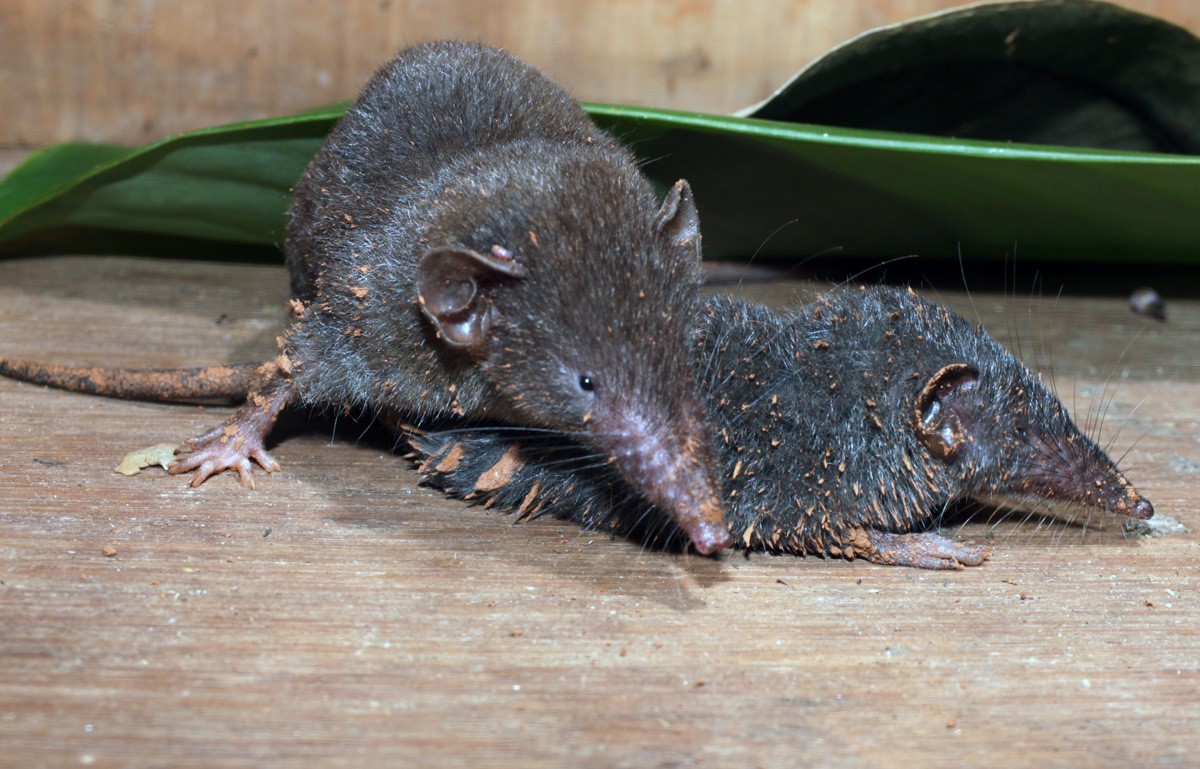

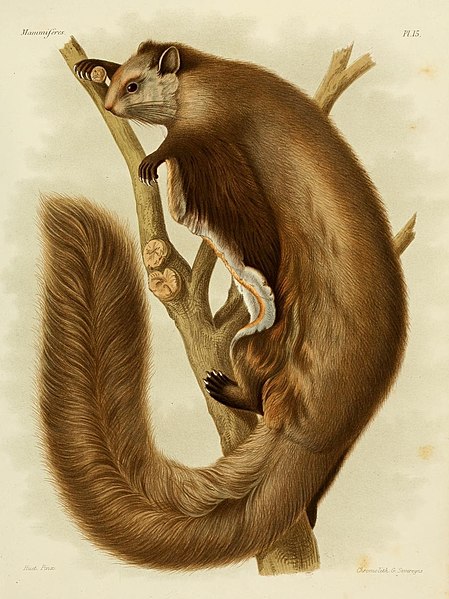
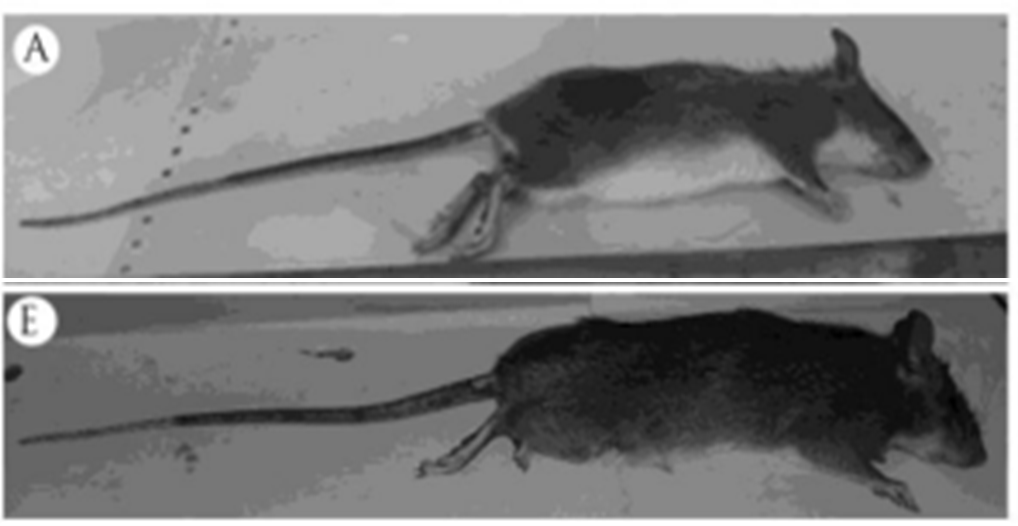
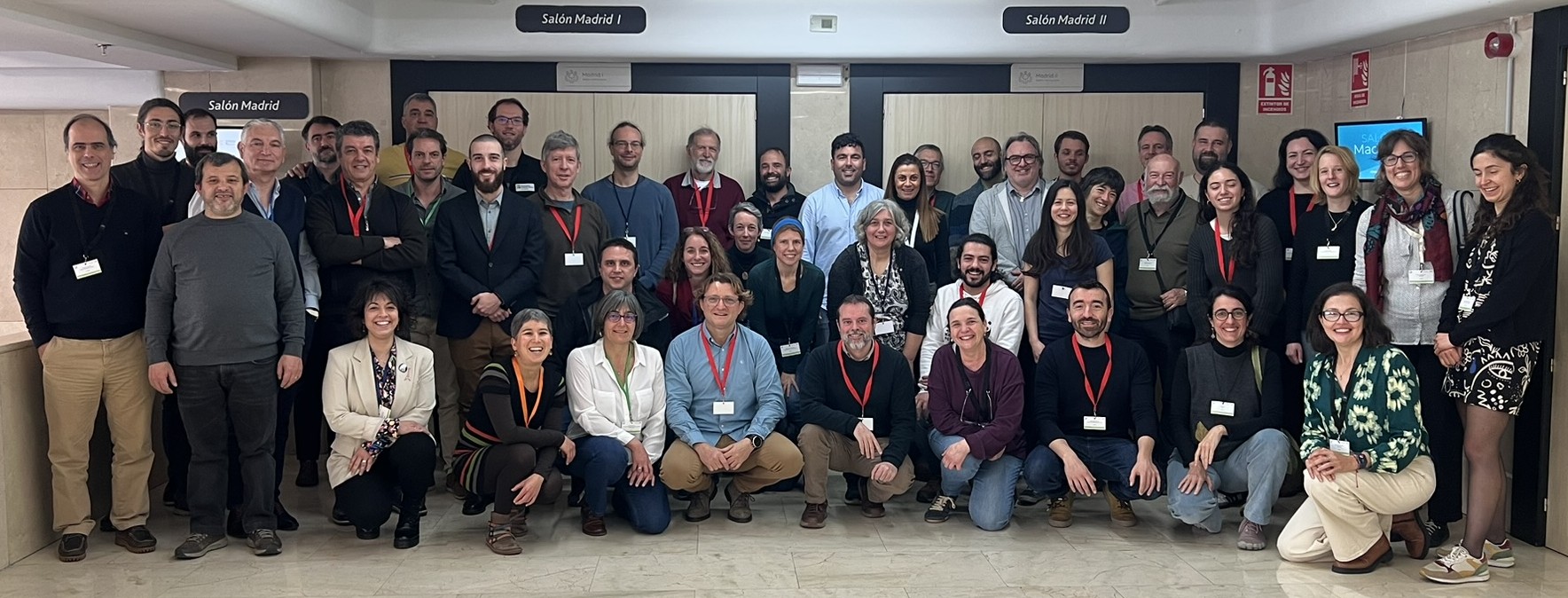





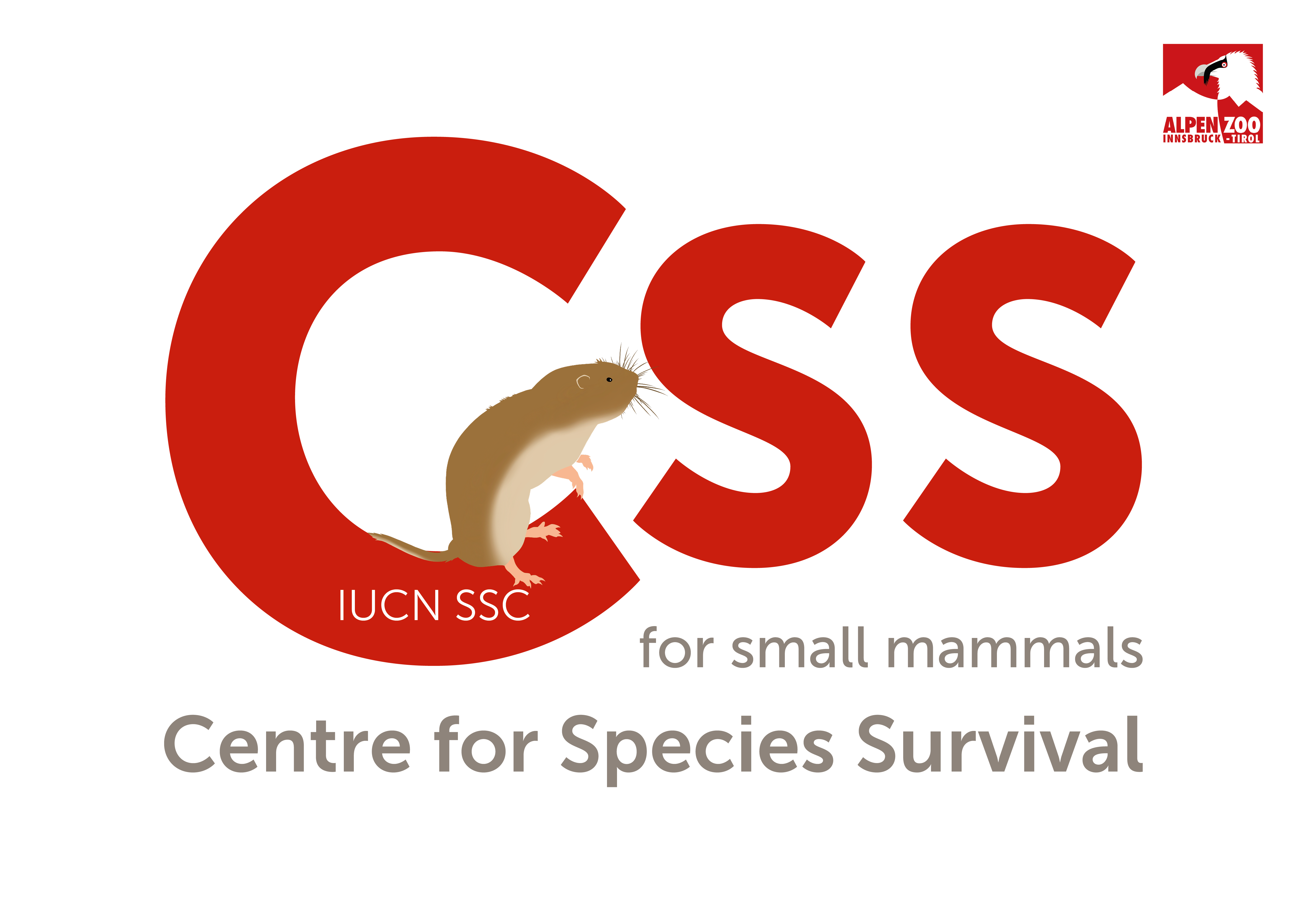






Recent Comments